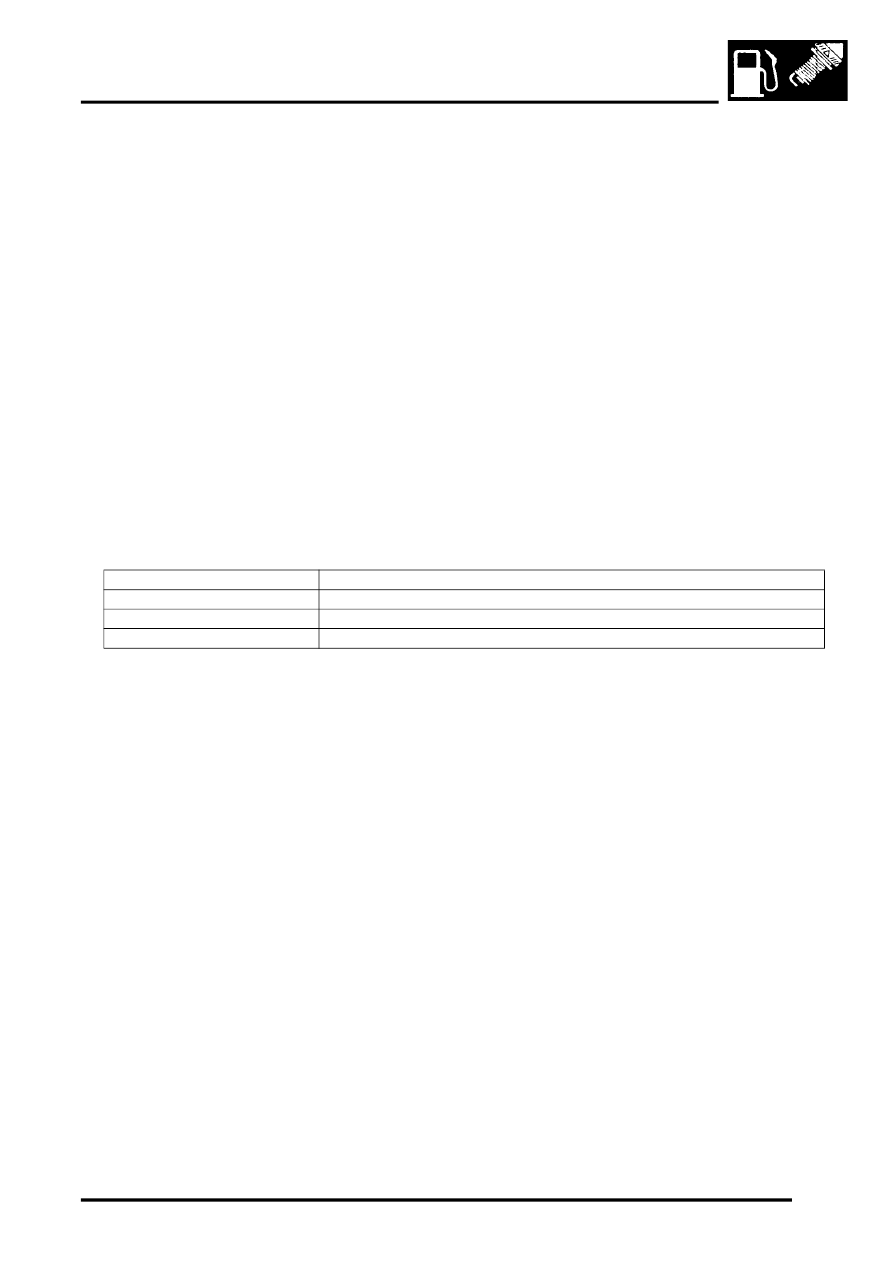Discovery II

EMISSION CONTROL - V8
DESCRIPTION AND OPERATION 17-2-23
For systems utilising the vacuum method for determining evaporation leaks, the sensor is used to monitor for a drop
in vacuum pressure. The evaporation system is sealed by the CVS valve and purge valve after a vacuum has been
previously set up from the intake manifold while the purge valve is open and the CVS valve is closed. If any holes or
leaks are present at the evaporation system joints, the vacuum pressure will gradually drop and this change in
pressure will be detected by the fuel tank pressure sensor. This system is capable of determining leaks down to 1 mm
(0.04 in.) in diameter.
The fuel tank pressure sensor is part of the NAS OBD system, a component failure will not be noticed by the driver,
but if the ECM detects a fault, it will be stored in the diagnostic memory and the MIL light will be illuminated on the
instrument pack. Possible failures are listed below:
l
Damaged or blocked sensor
l
Harness / connector faulty
l
Sensor earthing problem
l
Open circuit
l
Short circuit to battery voltage
l
Short circuit to ground
l
ECM fault
Possible failure symptoms of the fuel tank pressure sensor are listed below:
l
Fuel tank pressure sensor poor performance
l
Fuel tank pressure sensor low range fault
l
Fuel tank pressure sensor high range fault
If the fuel tank pressure sensor should malfunction, the following fault codes may be stored in the ECM diagnostic
memory, which can be retrieved using TestBook/T4:
P-code
Description
P0451
Fuel tank pressure signal stuck high within range
P0452
Fuel tank pressure signal short circuit to battery voltage (out of range - High)
P0453
Fuel tank pressure signal short circuit to ground or open circuit (out of range - Low)
